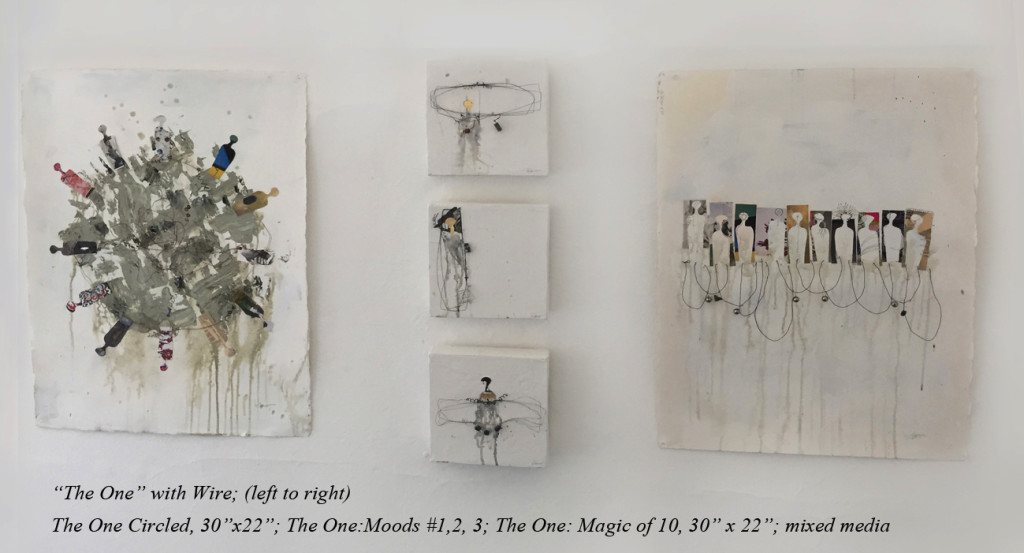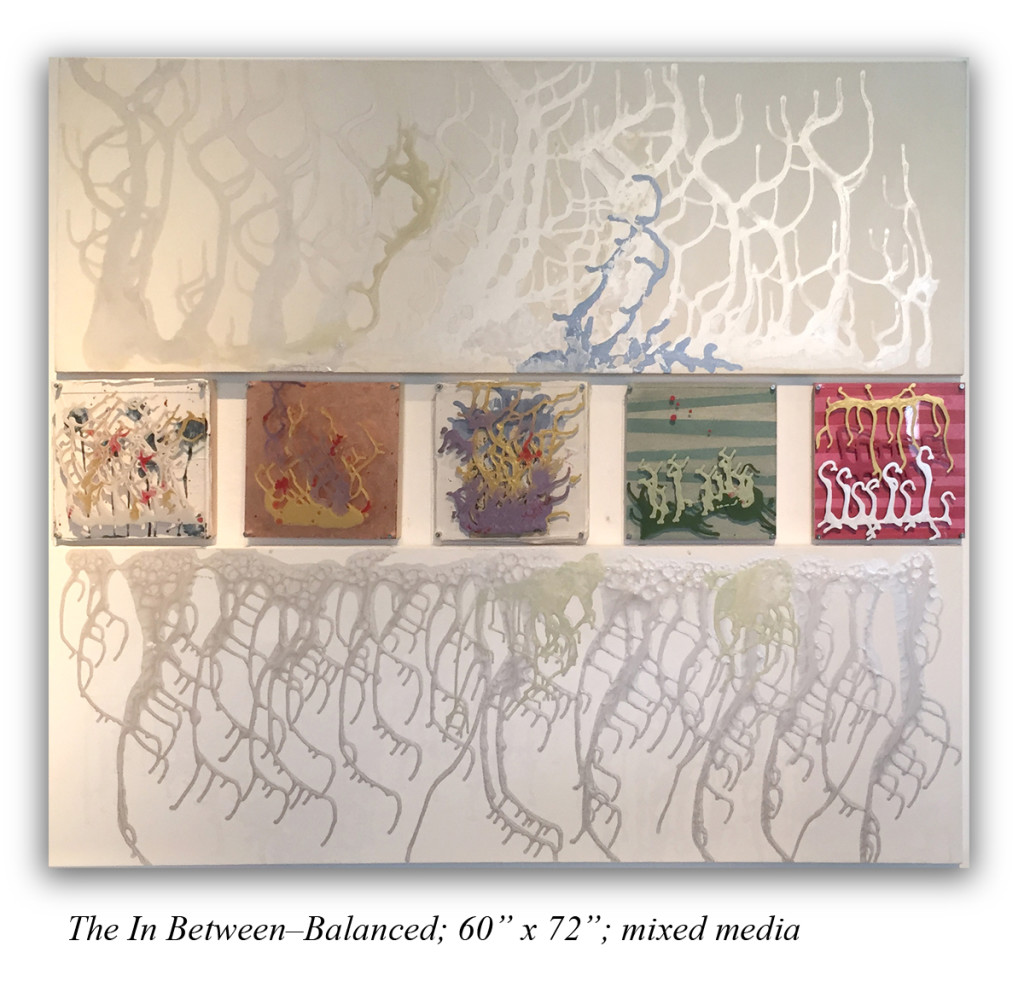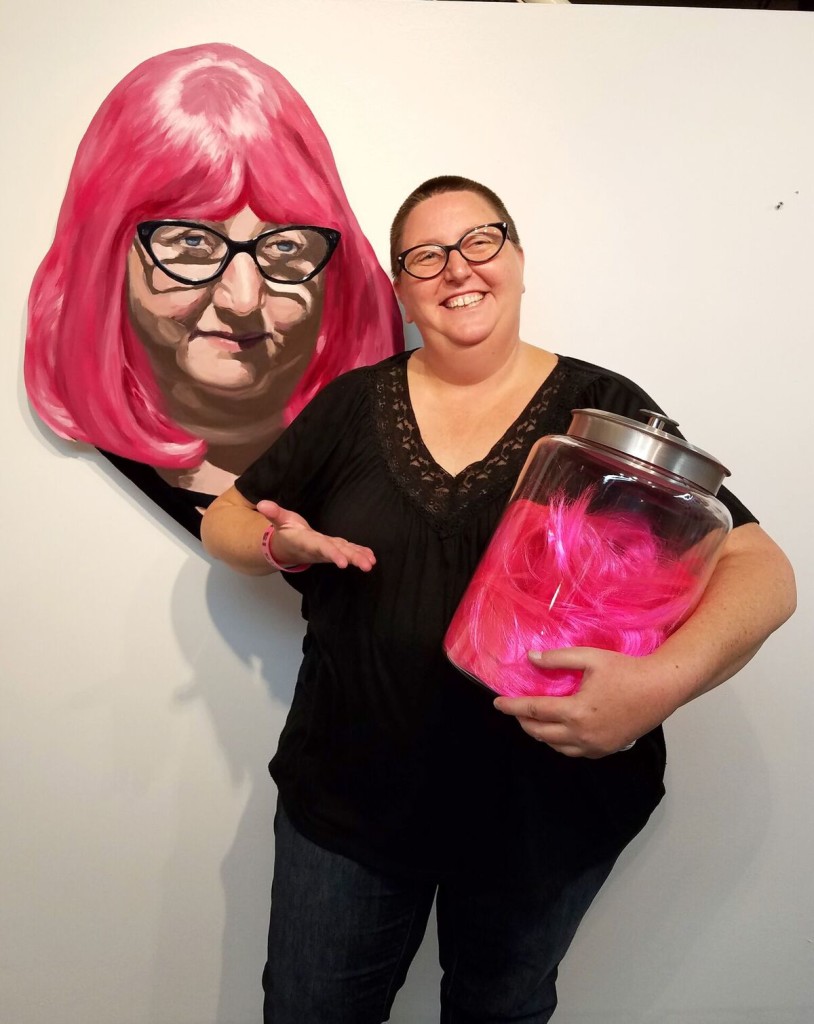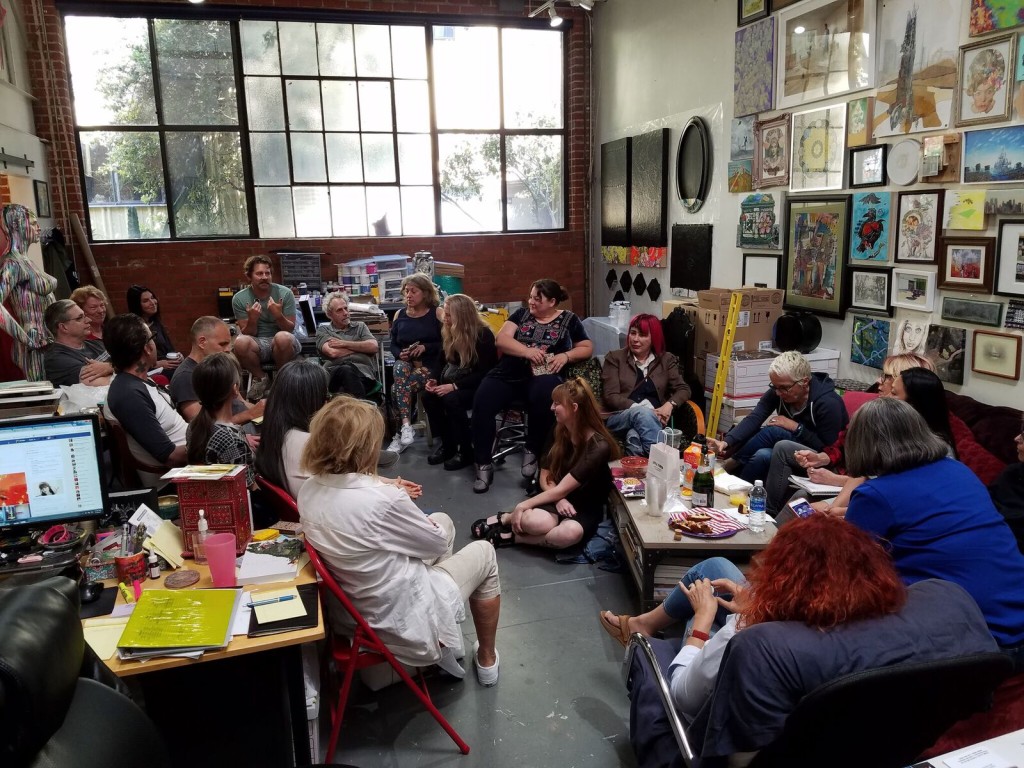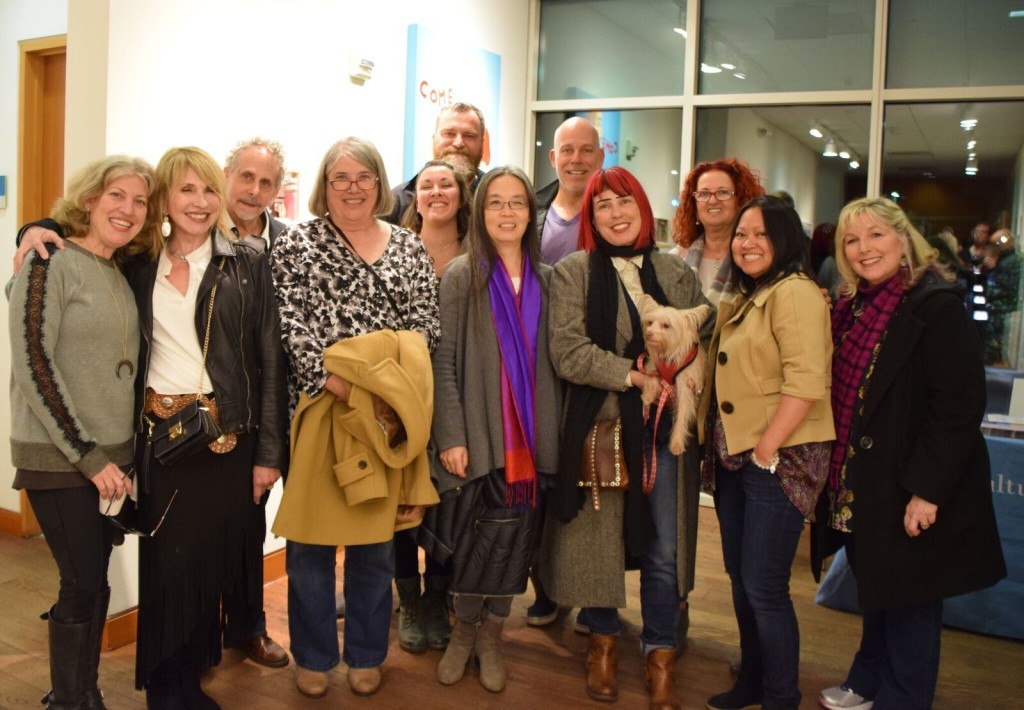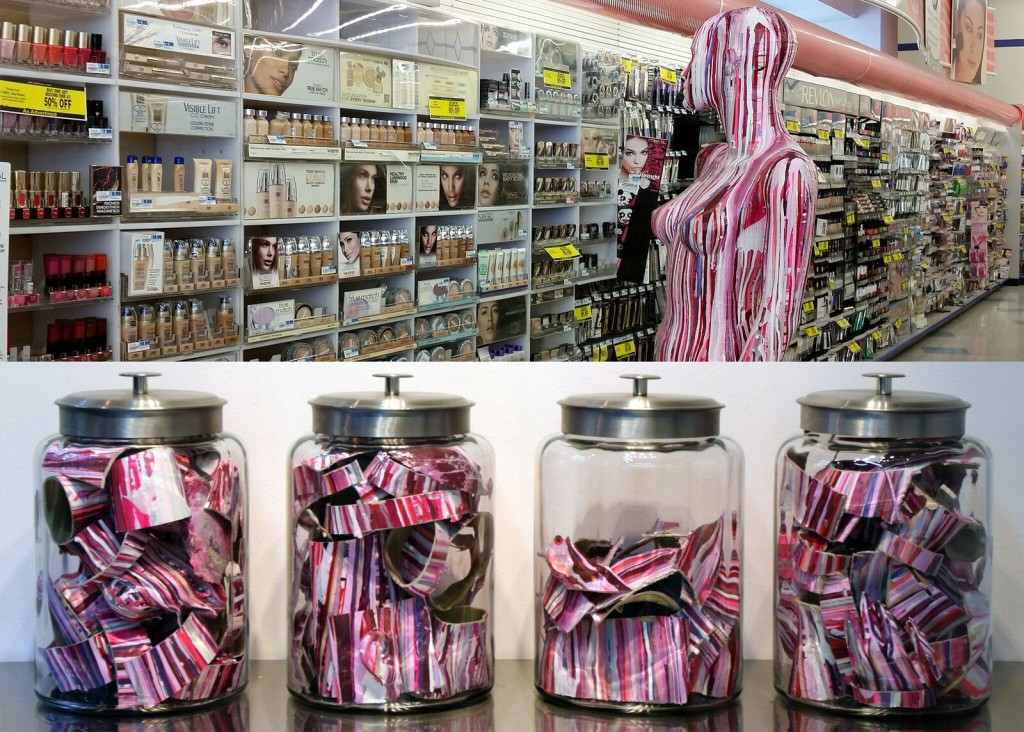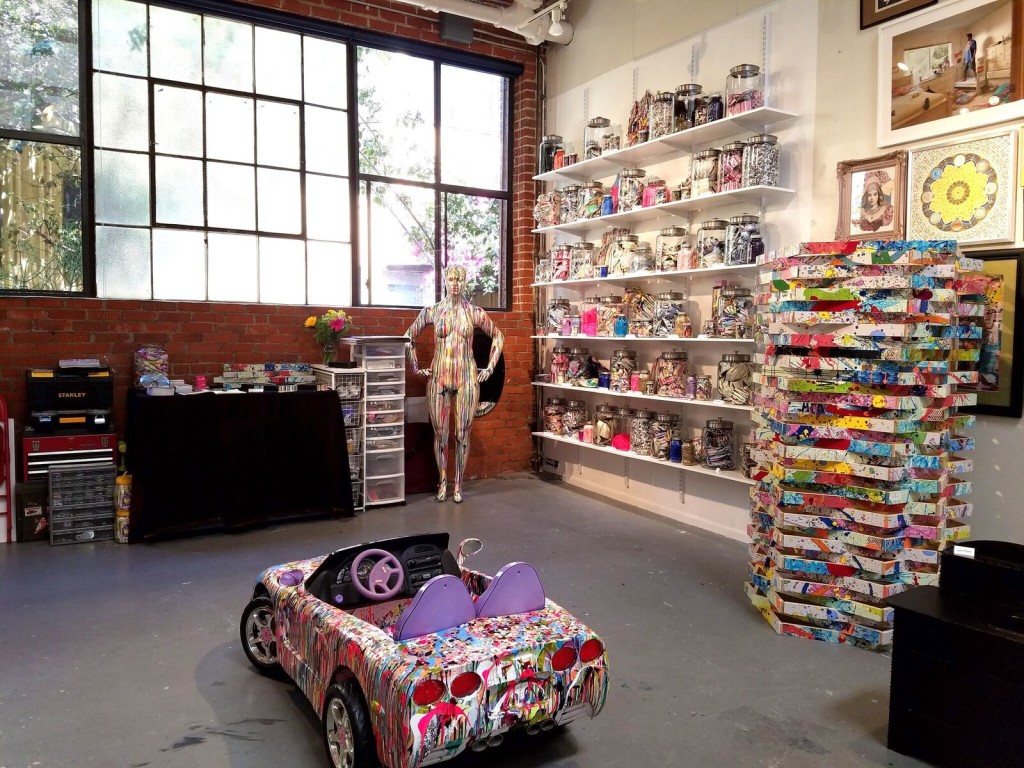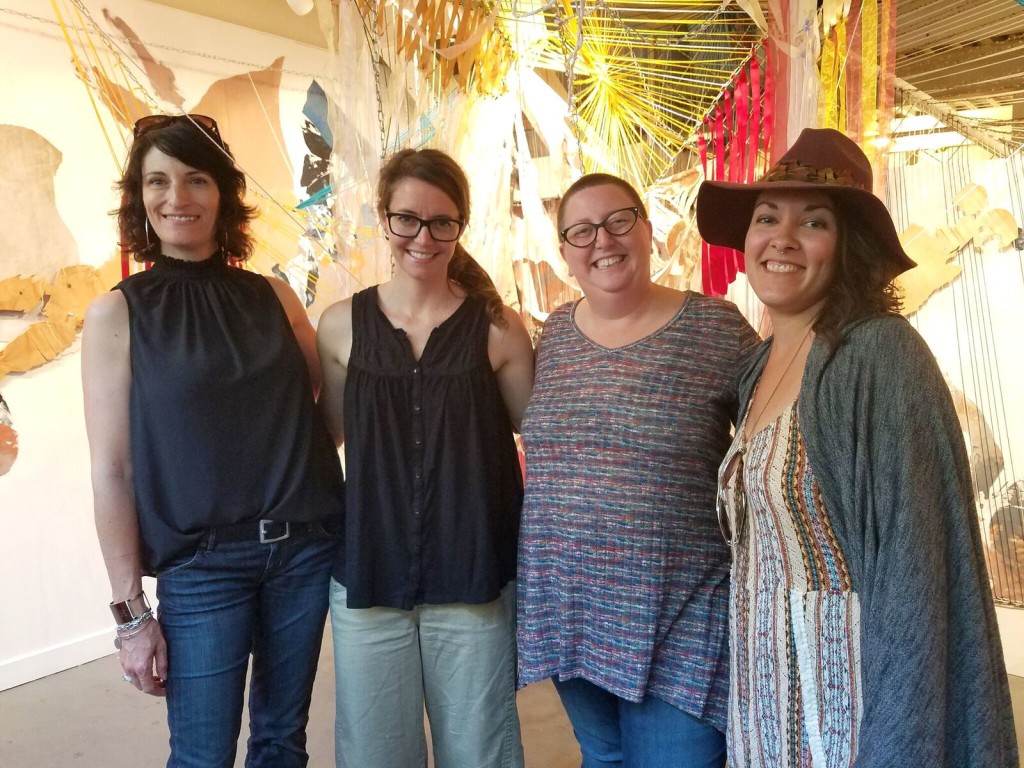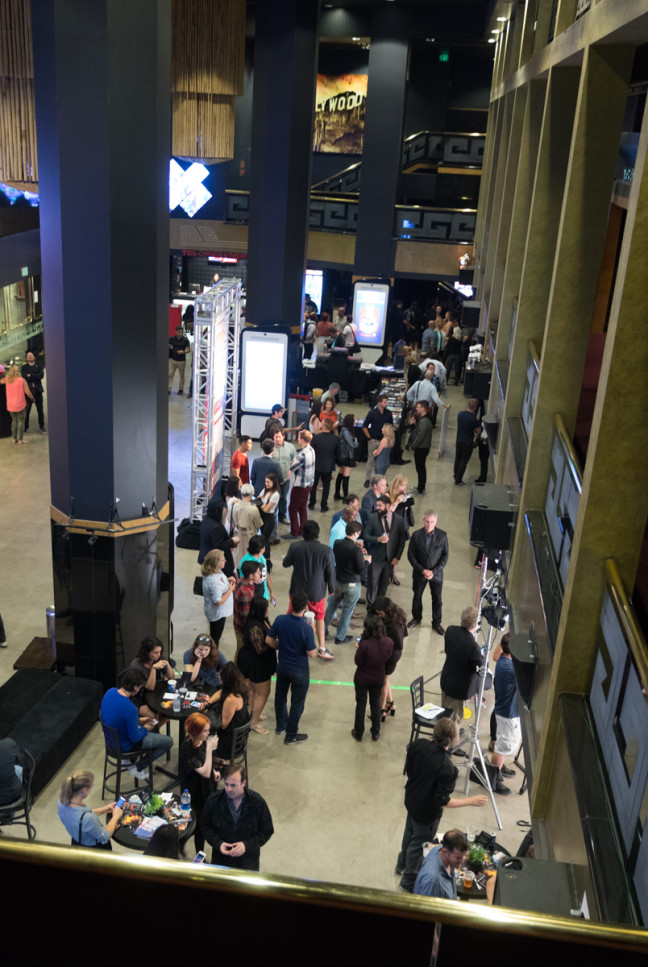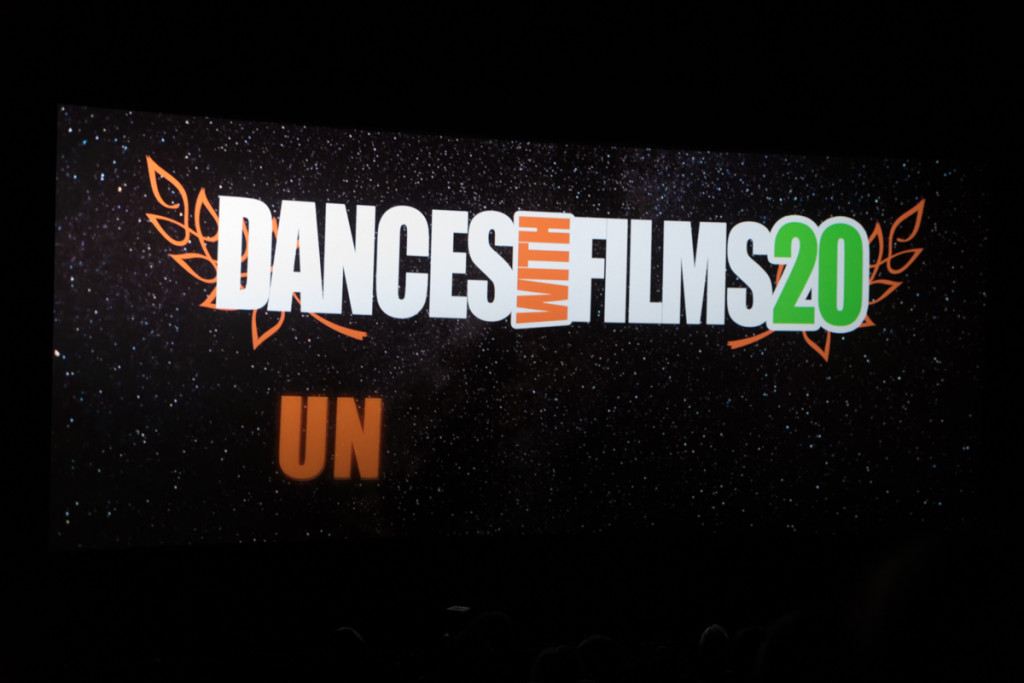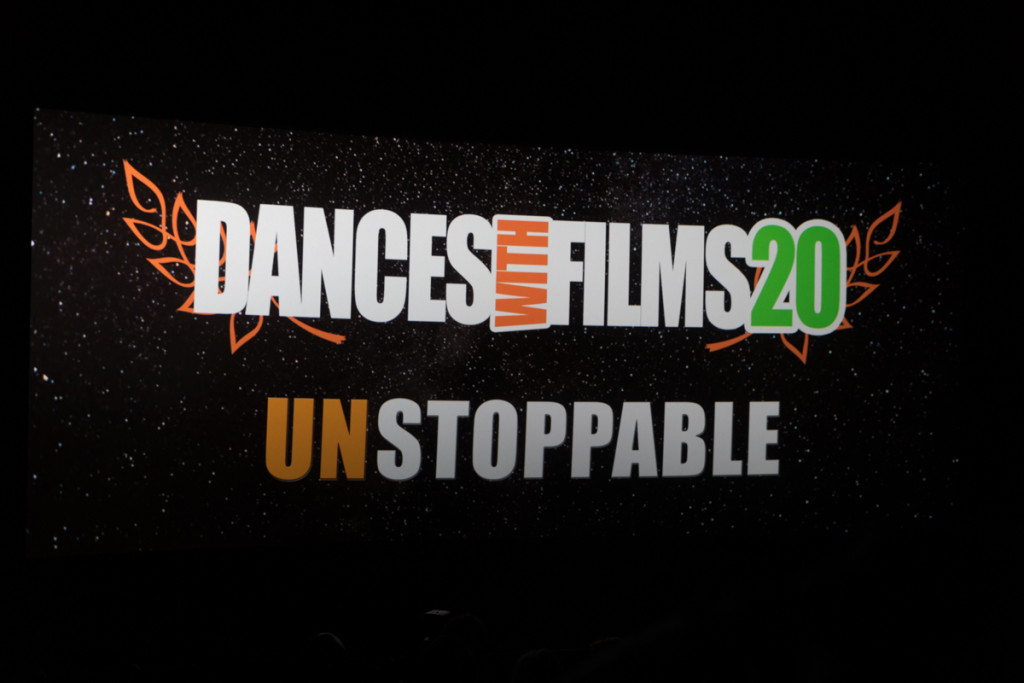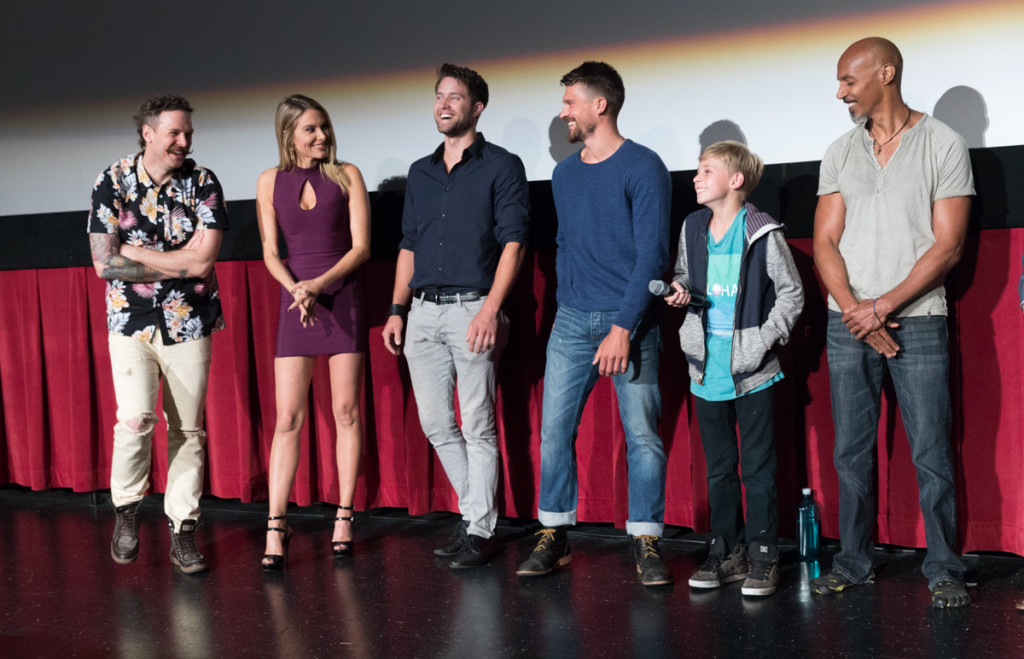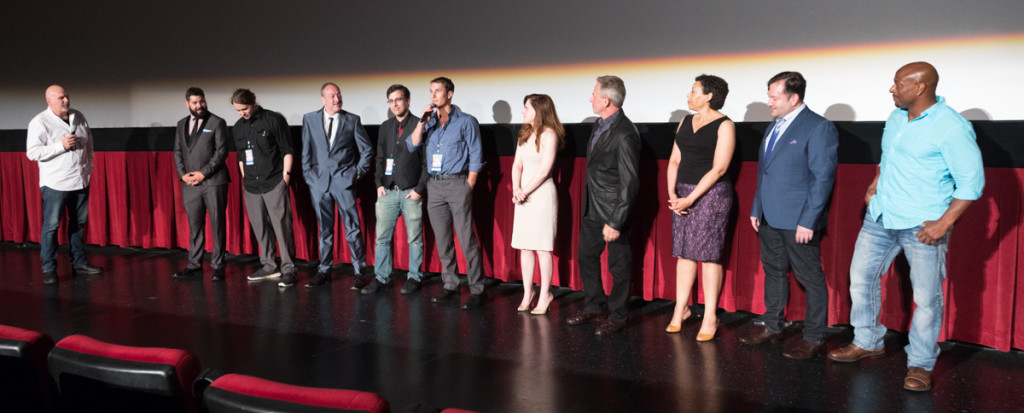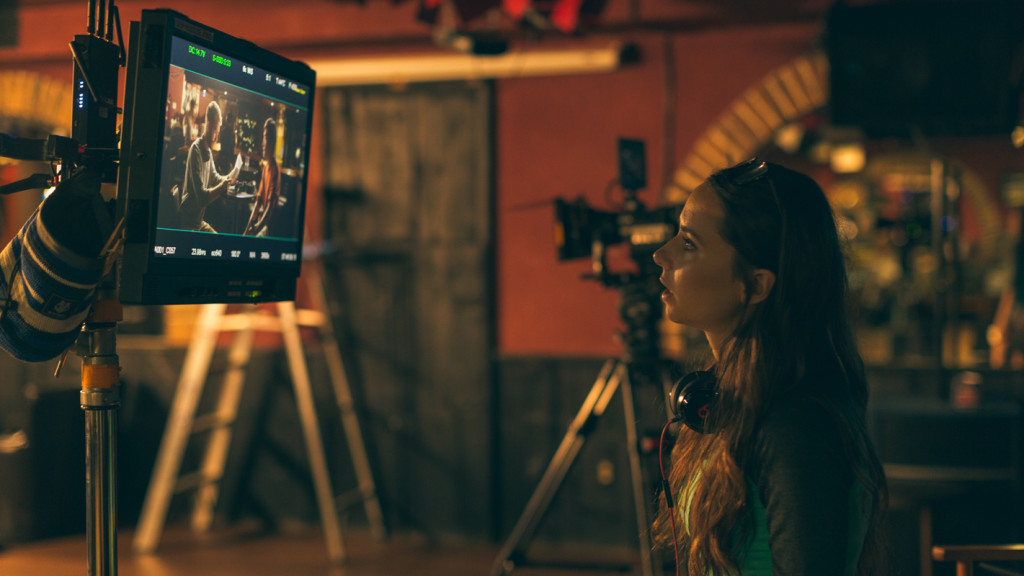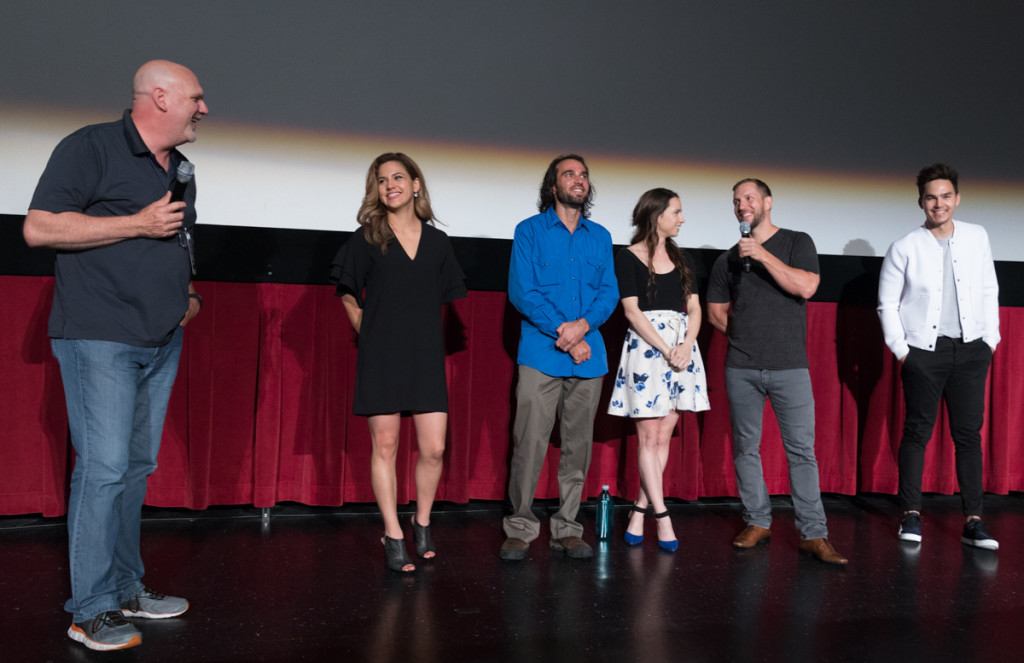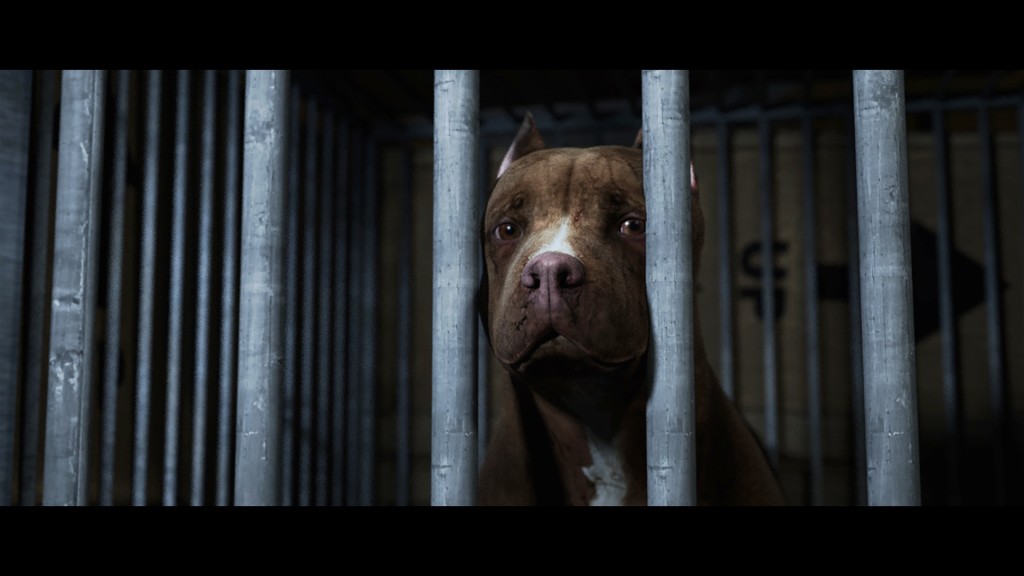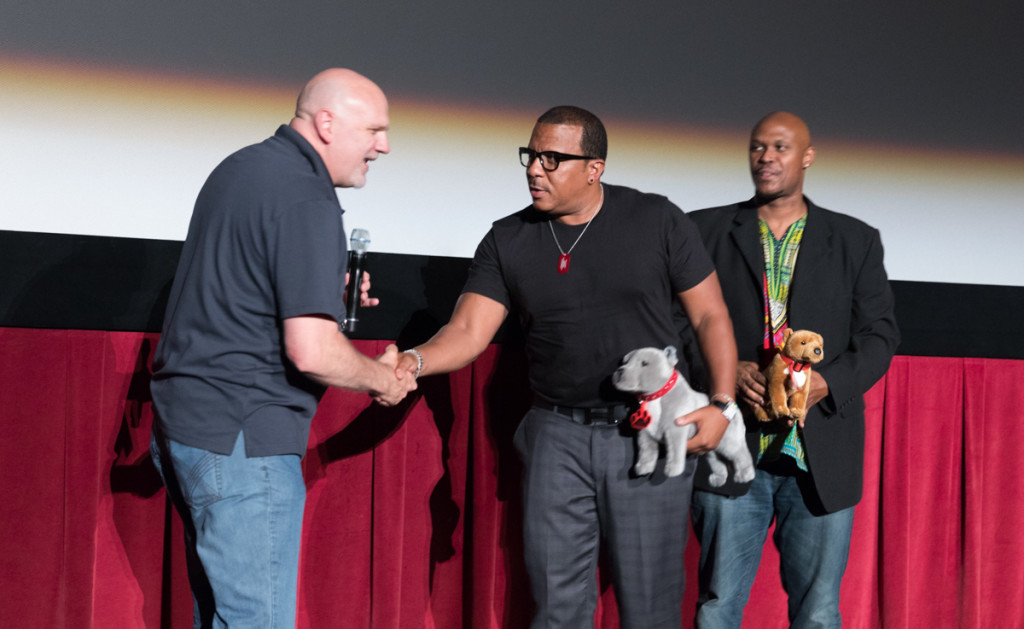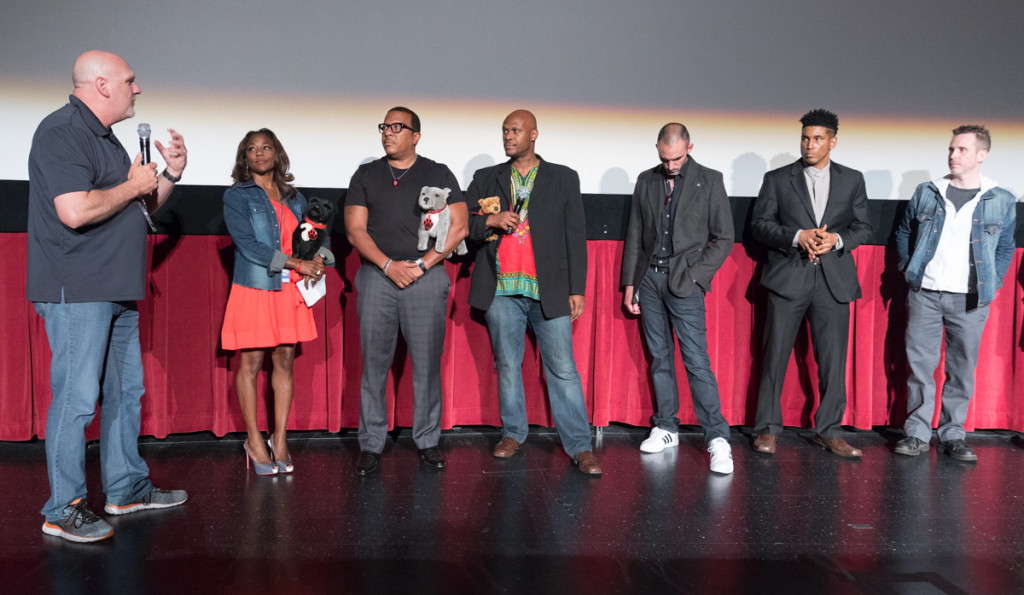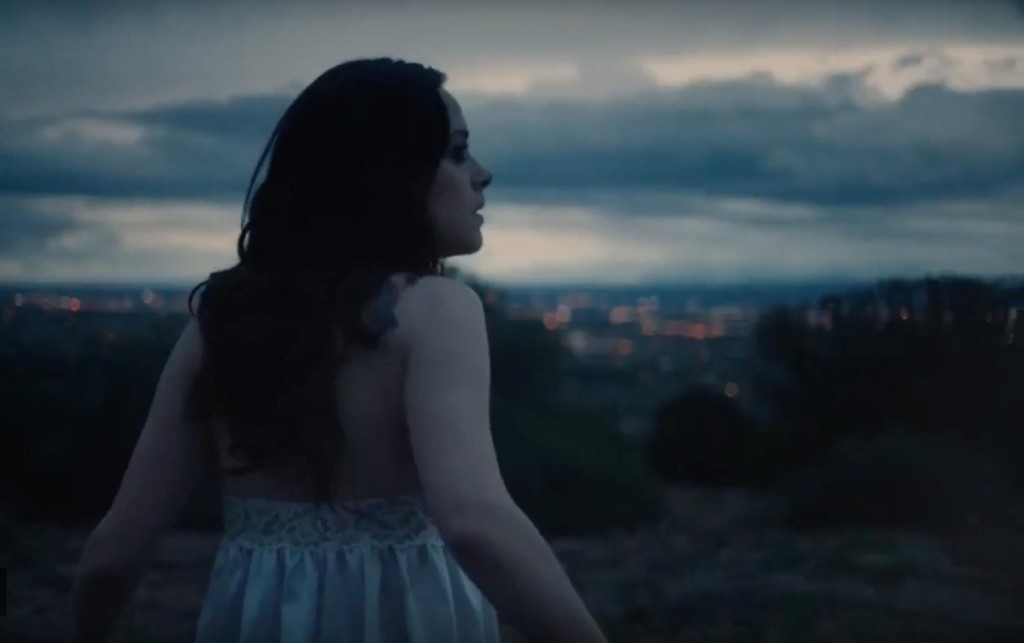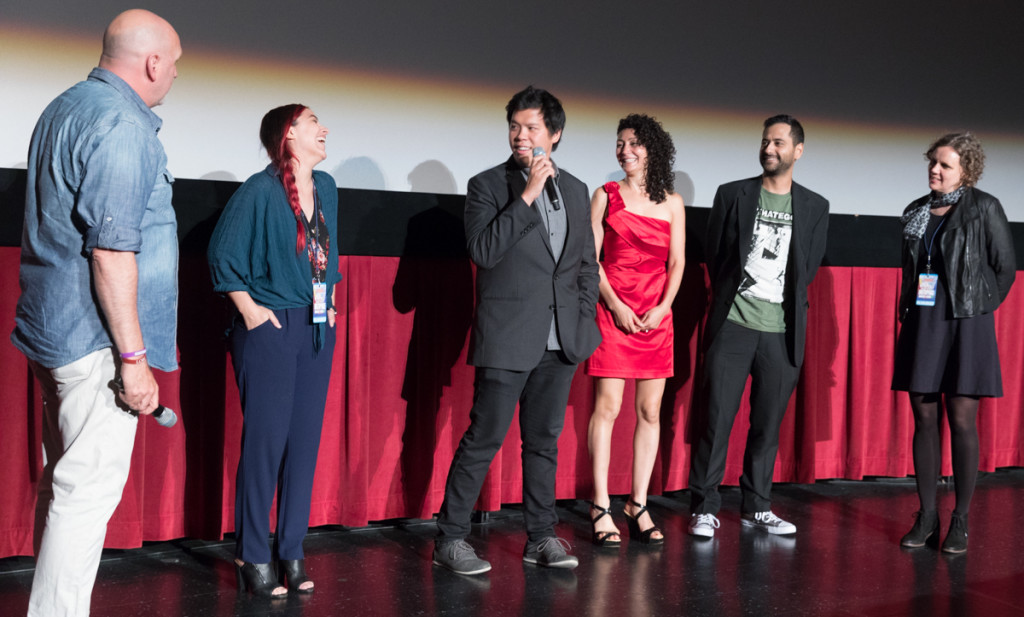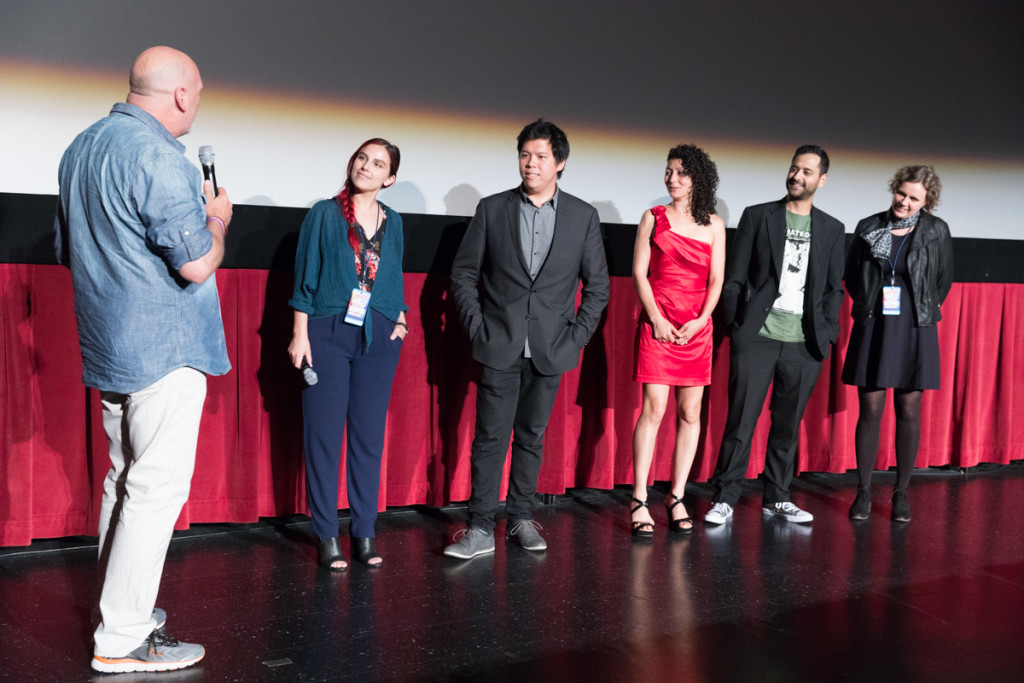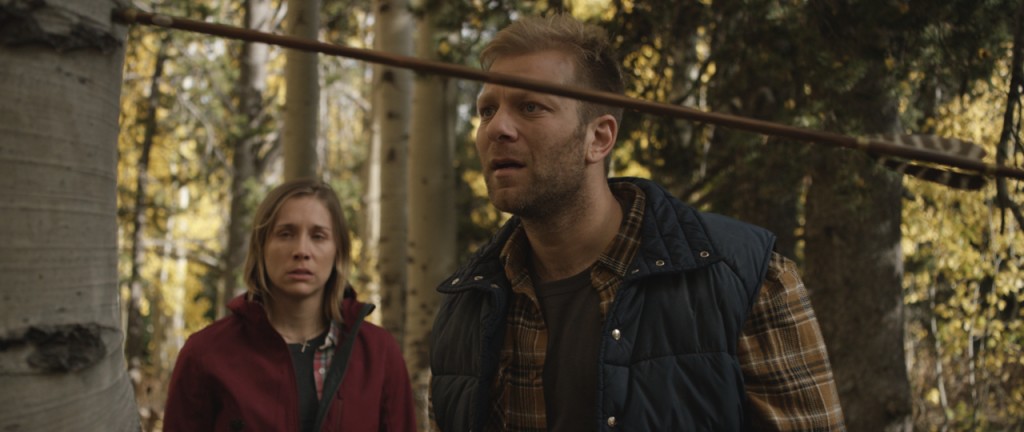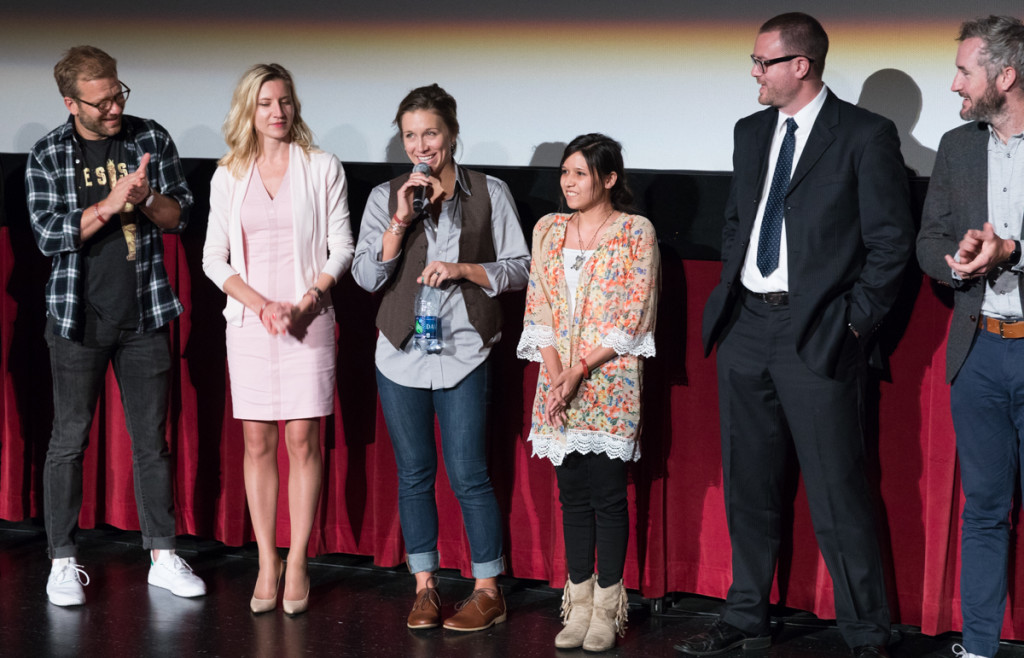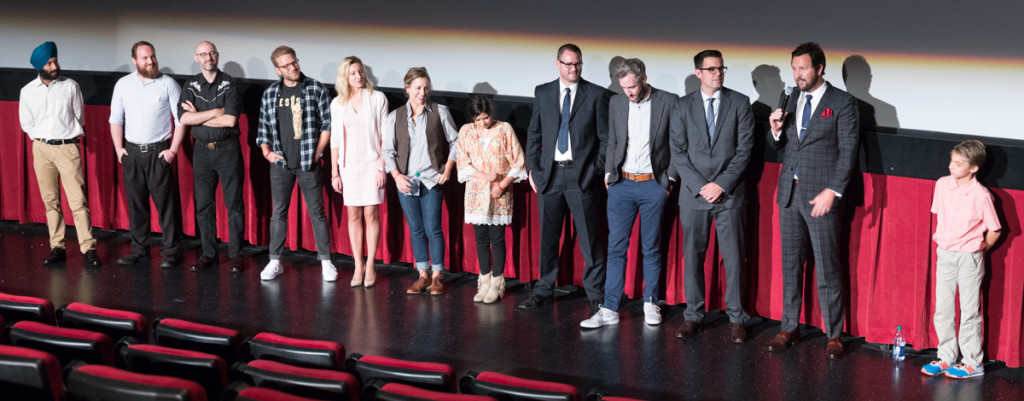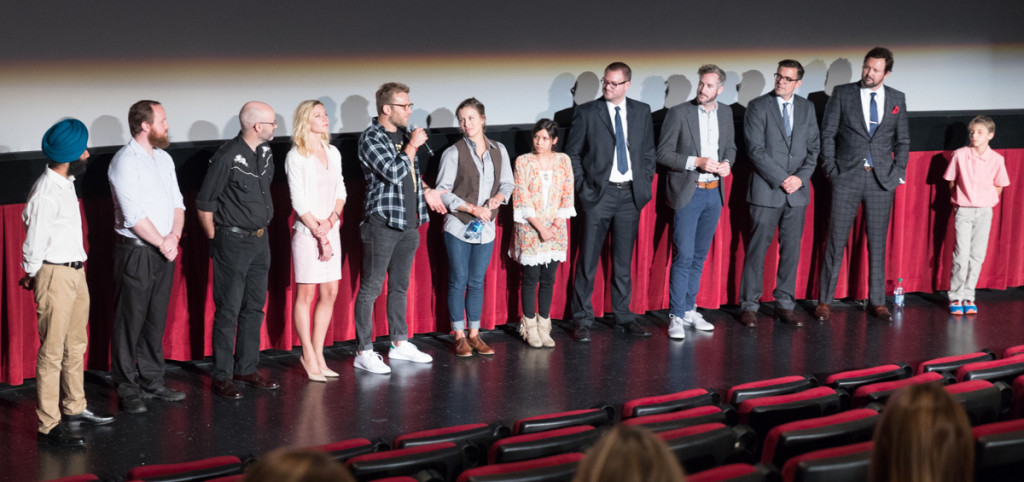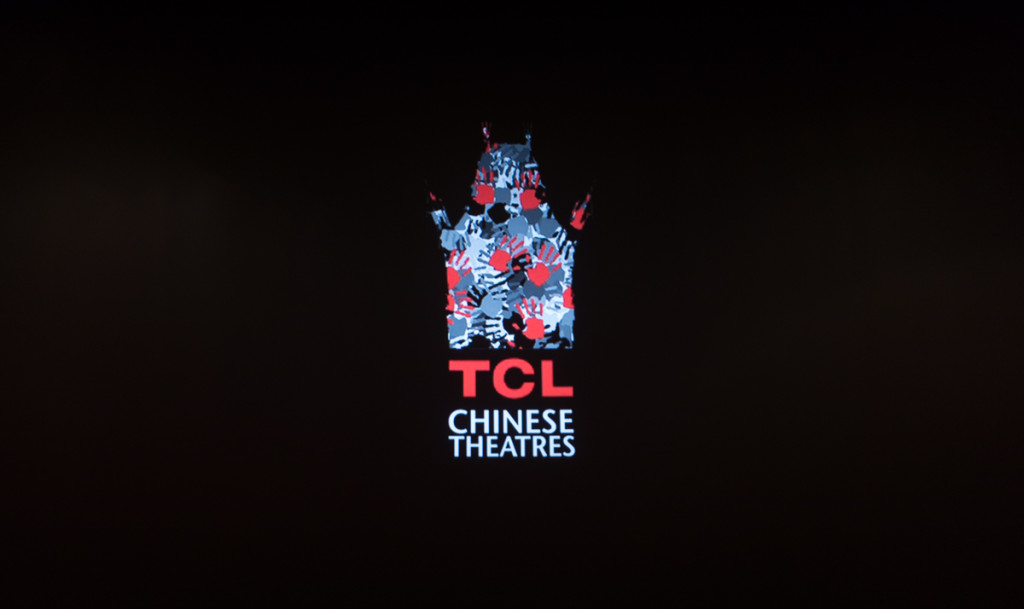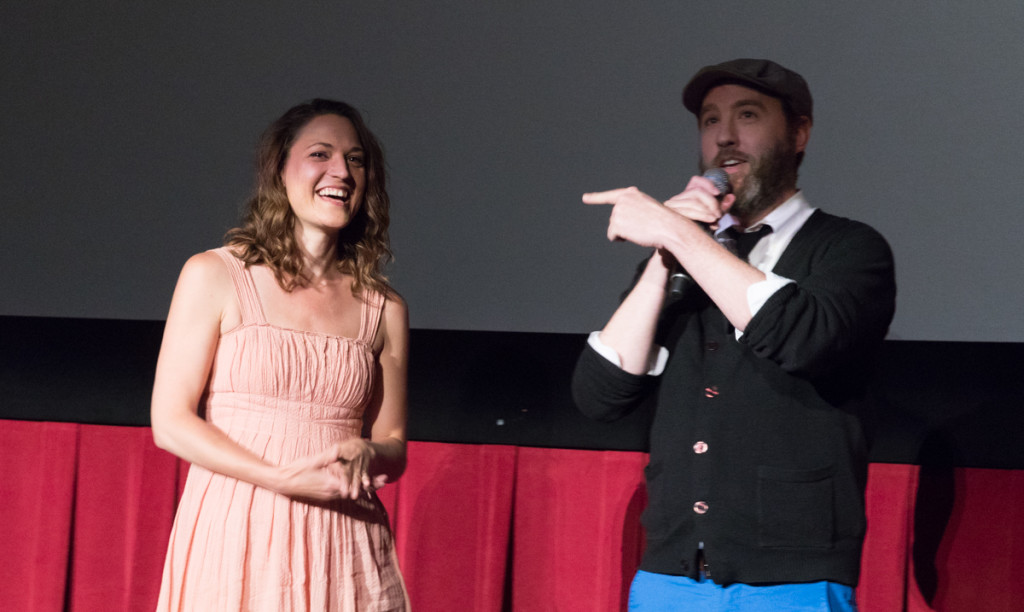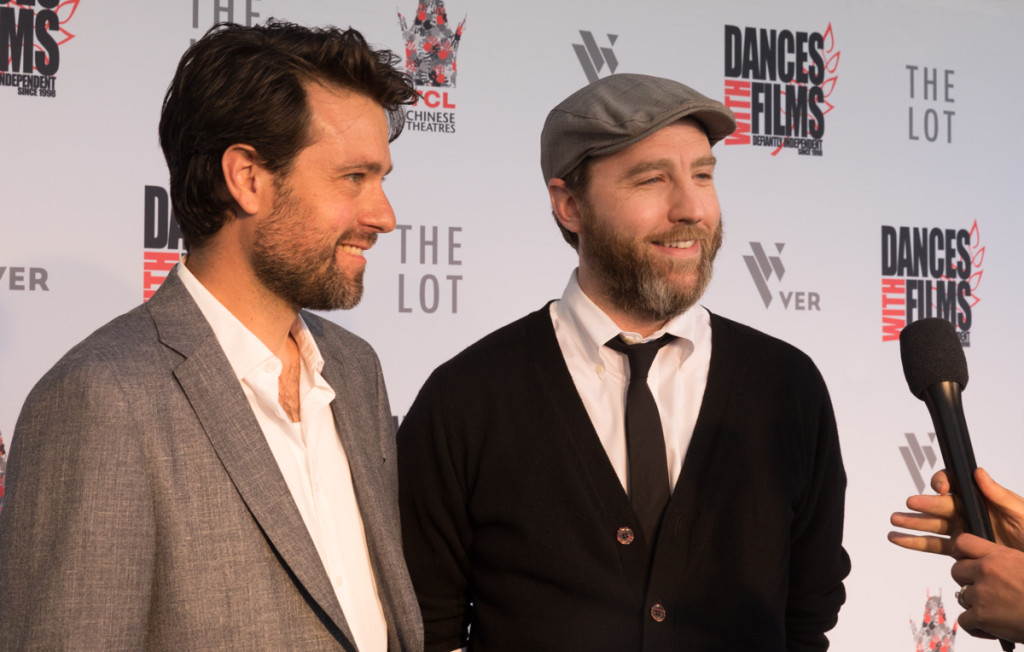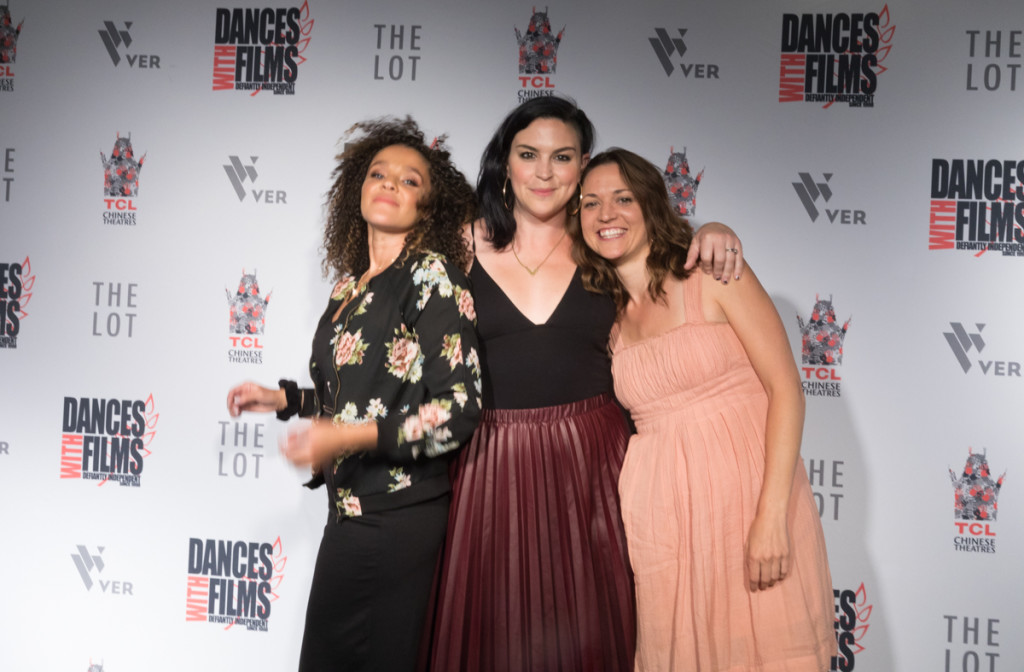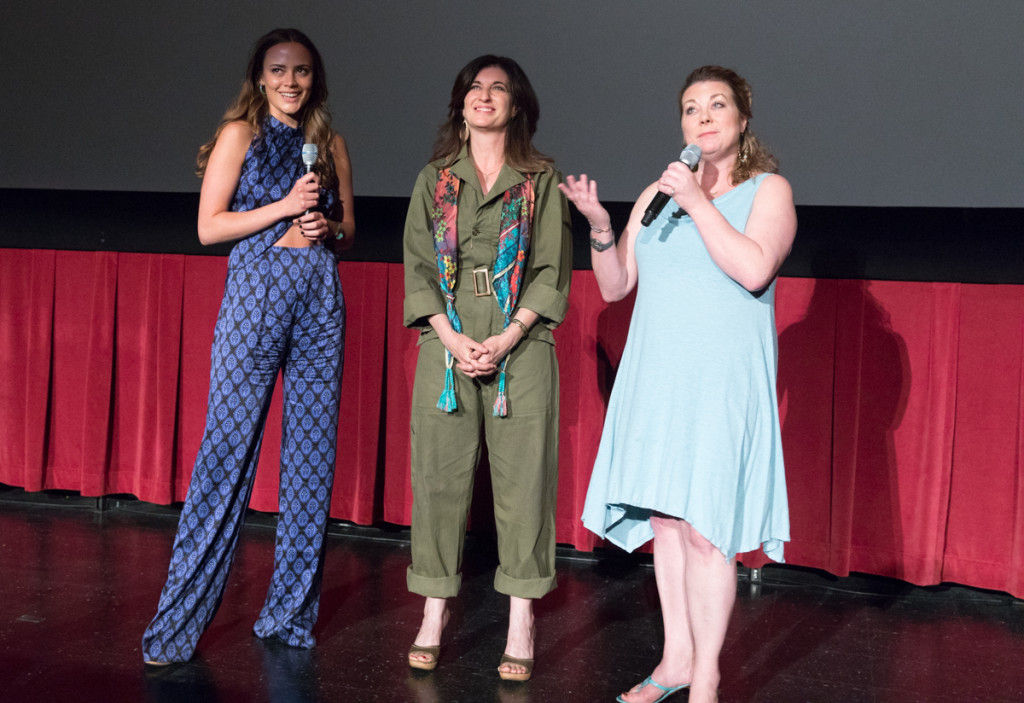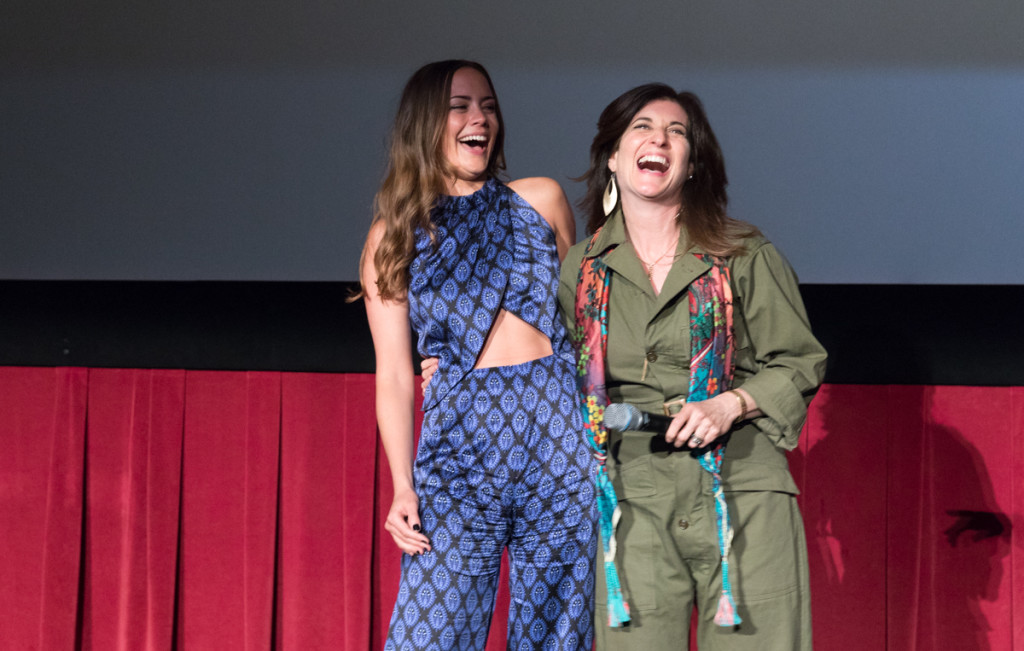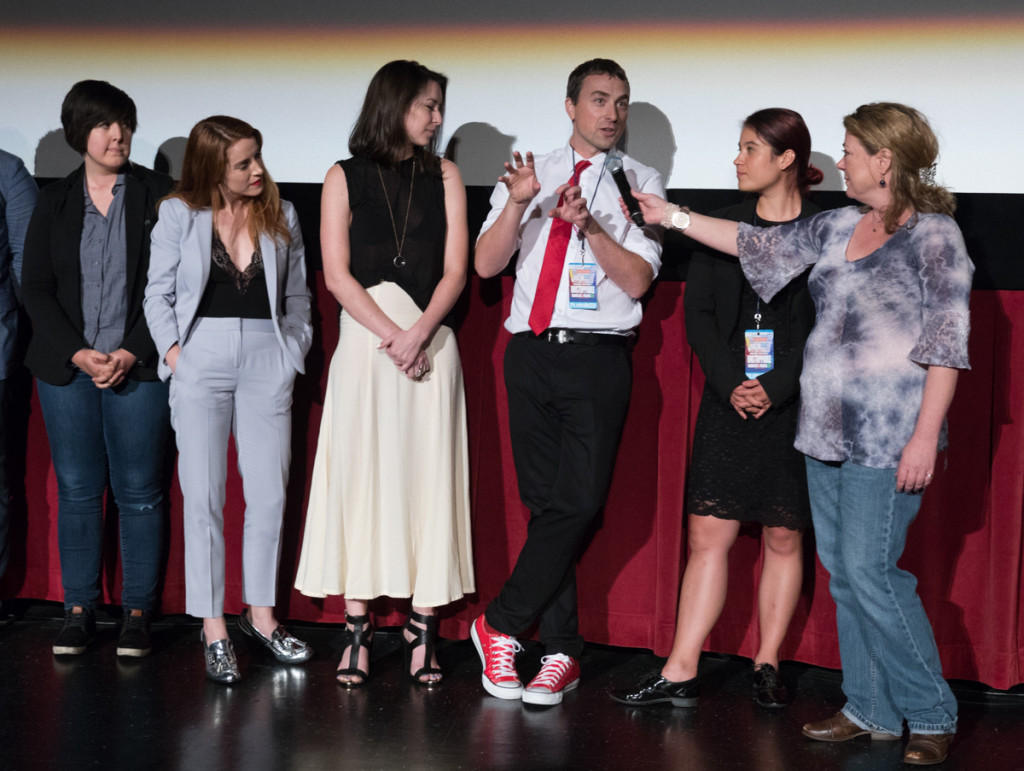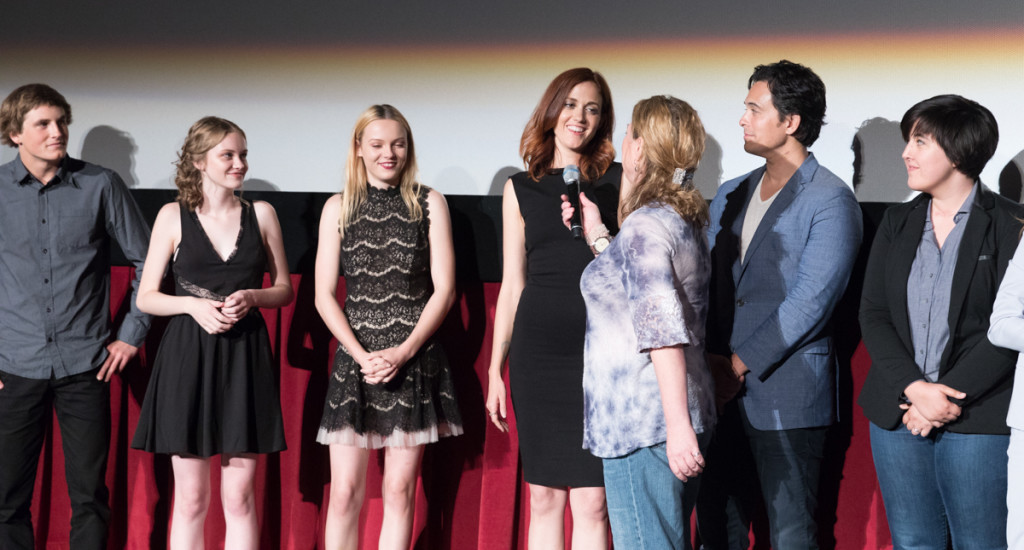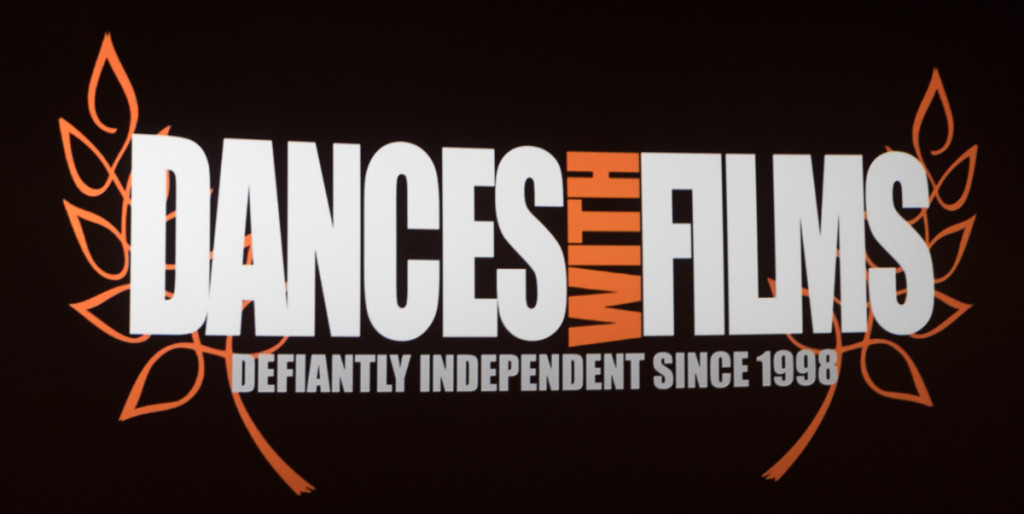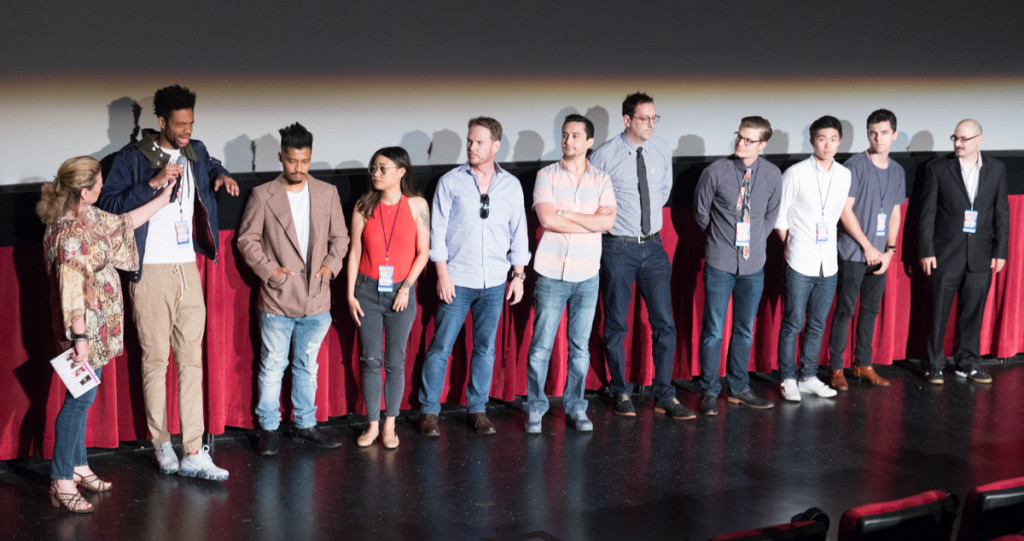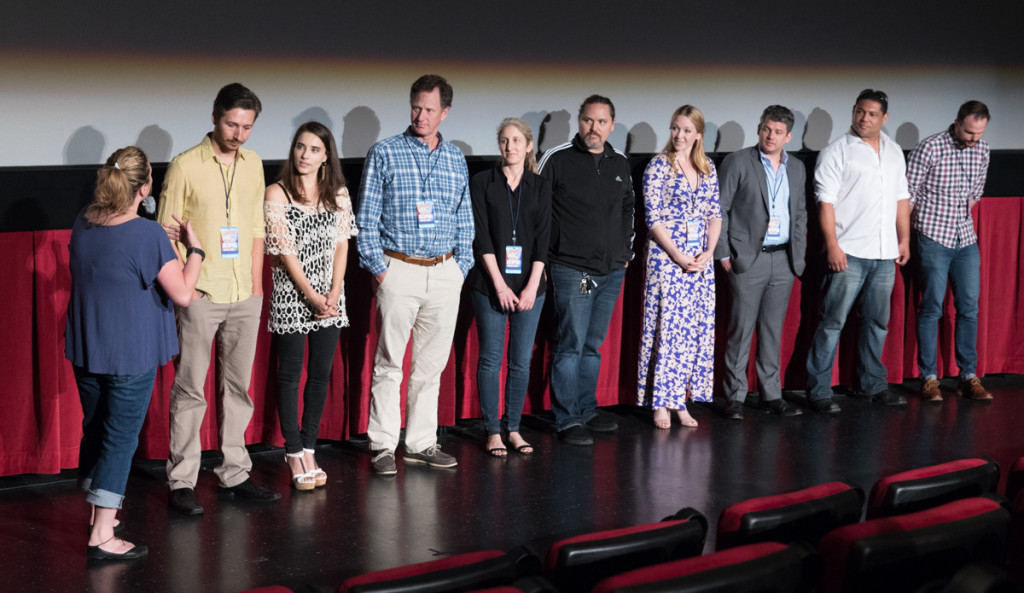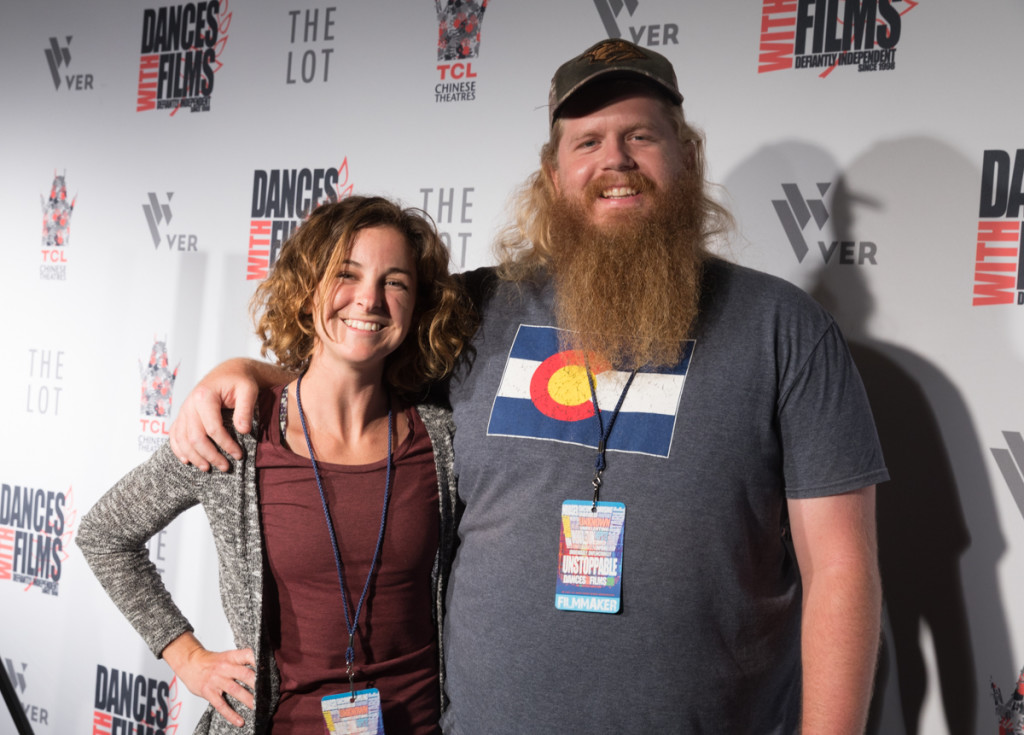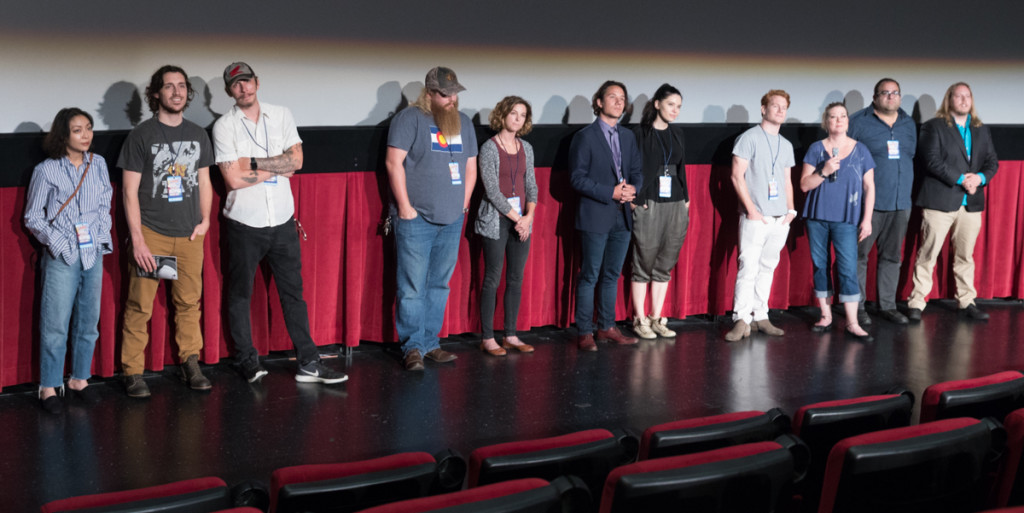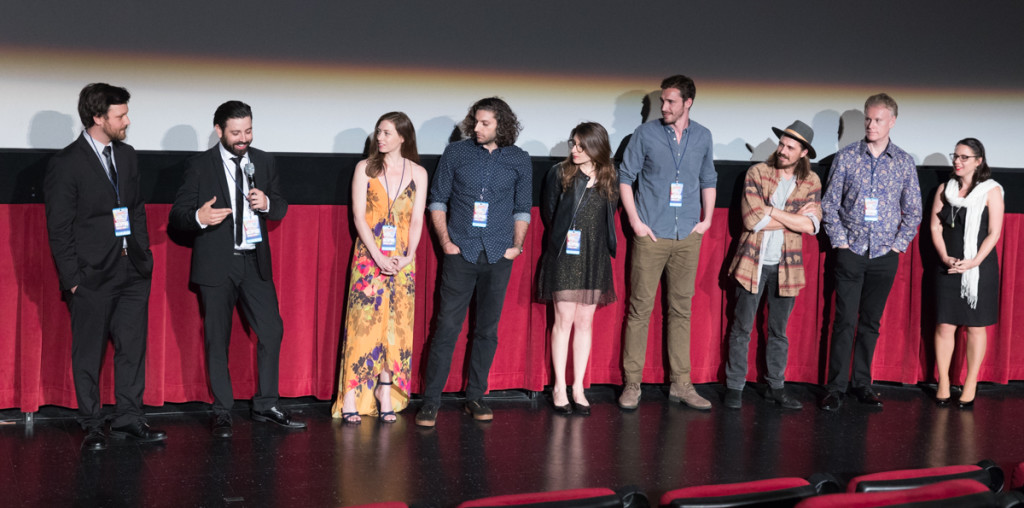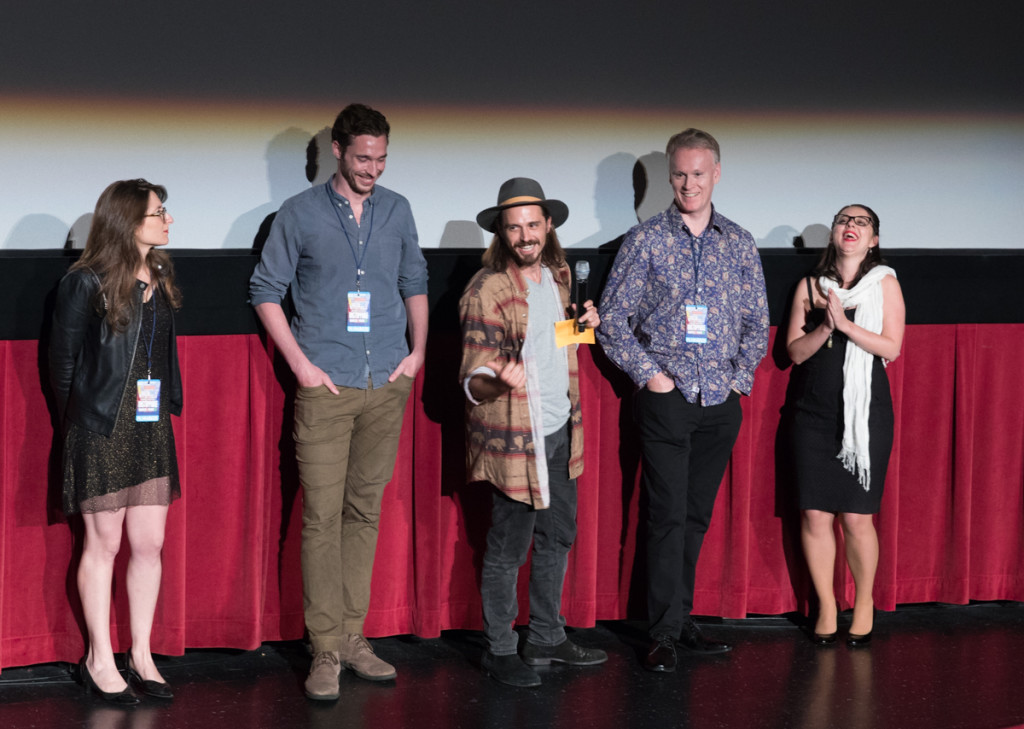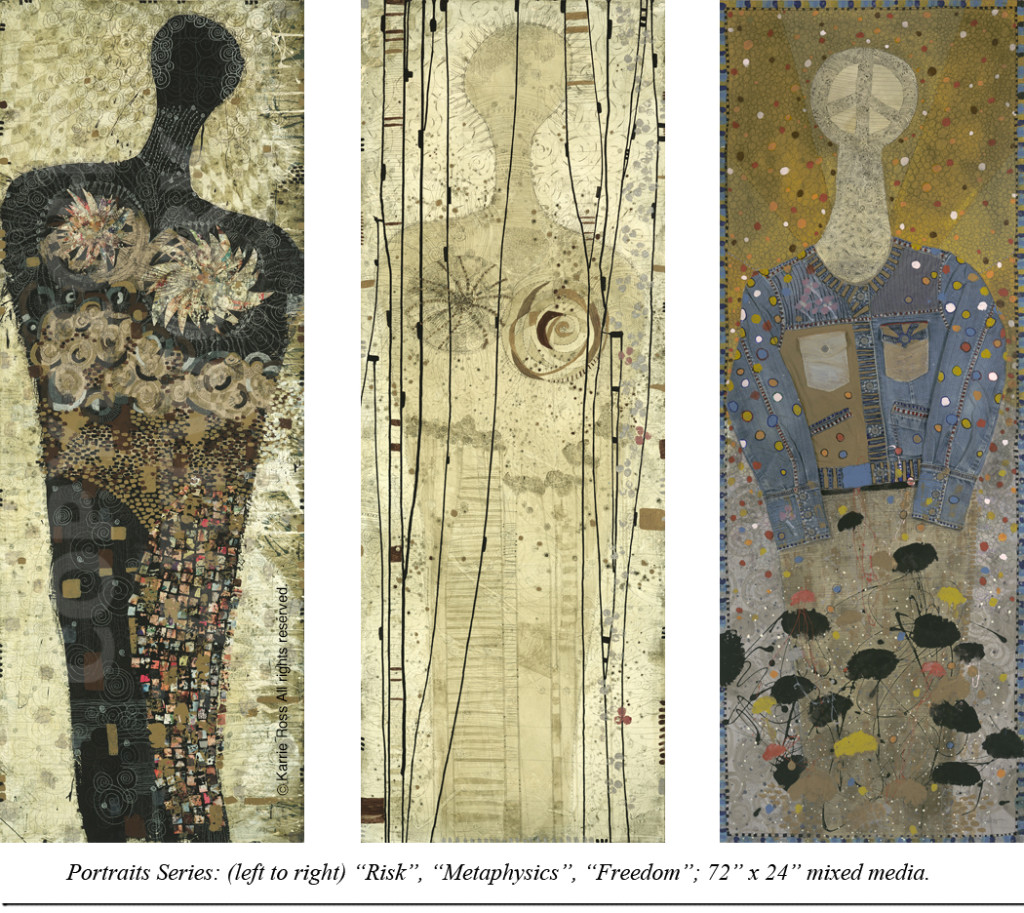
“The work constantly changes as I explore different styles and processes, each asking it’s own questions depending on where I am in life that needs solutions. I’ll pick up a style and see what I can do with it and what, if any, problems are created. I’ll add it to existing work and experiment with it on it’s own. I need to find its strengths and weaknesses and how or if I want to incorporate them in my art. Each piece becomes ‘more’ when there is something that needs to be fixed…just like in life ‘things’ happen and you make it work,” Ross attests.
She notes that she knows when a piece is finished when it stops asking questions of her, and terms her personal motto “Be IT Now!”
Over the years Ross has created a great many different works of art, her formal pursuit of which began in junior high school. “I was introduced to art making, process, construction etc. and continued over into high school where I became fascinated with advertising design. Hand lettering and logos filled my days. I was on the yearbook staff for a few semesters, and that only got me more interested in what advertising, catalogs and book making were about.”
Ross considers herself to be a “self-taught explorer. I’ve had a very, at least in my eyes, exciting career. I’ve worked for some of the biggest advertising and design firms in Los Angeles, mostly on a per-job or freelance basis. I created anything from yellow pages to movie posters and annual reports.”
She says she never really cared about fine art per se, although she doodled in sketch books for years.
“I taught myself watercolor on construction paper, my sister still has my first one that was done in 1972 while I was living in Vail, Colo.,” she attests. “The thing is, I didn’t know how to ‘draw realistic’ and there wasn’t much of a living to be made unless you did—so I kept to my design work and played with fine art as a hobby.”
However, in the mid-80s she sent in an application to the newly begun Beverly Hills Affaire in the Garden, and she was accepted.
“That changed my life. I still remember the first person and sale from that show. I was a purist, was afraid of color, and mixed my ink work with collage that was sewn with cotton thread, not glued. My booth was pegboard with sheets for the top, it was awful—but it didn’t matter, I was there,” she explains. “The more I kept doing the shows, the more I sold, the better my display.”
From art shows to joining a Los Angeles artist group, she was “madly creating art. I used to say that you could decorate your whole house with my work and no one would know the difference, it was so diverse, I never looked the same. I’ve since taken to working out a series for about 2-5 years before I go on to the next project. Thing is, I have to have two going at the same time, one loose and one tight, or one on paper, the other on canvas – and they alternate and overlap.”
Art has always been in Ross’ DNA, but her real art career focusing on the gallery scene began in 2009.
“I guess you can say that my first project was the first art-project-book in the Our Ever Changing World Series, titled “What are you saving from extinction?” The yearly project is now up to year 9 for Ross.
 And Ross’ current work? “I just finished, for now, my Metaphorical pen and ink work, and will make pieces as the need comes to me. Late September 2016 I started The Nature of Flow. The work is abstract, using iridescent acrylic paint concentrating on the process of the work, the letting-the-paint-dry part, and the how to when the Oops! happens. This work extends from my love of the tonalities of white and the addition of gold leaf with various colors. The flow aspect is from the pouring of paint, there are no brushes used when it’s pour, only when a solid color or accent is added. This work is primarily process, air, moisture, chemistry, canvas/paper/panel, time, space, location are very important in the outcome. The work takes on an organic look and connection with natures energy.”
And Ross’ current work? “I just finished, for now, my Metaphorical pen and ink work, and will make pieces as the need comes to me. Late September 2016 I started The Nature of Flow. The work is abstract, using iridescent acrylic paint concentrating on the process of the work, the letting-the-paint-dry part, and the how to when the Oops! happens. This work extends from my love of the tonalities of white and the addition of gold leaf with various colors. The flow aspect is from the pouring of paint, there are no brushes used when it’s pour, only when a solid color or accent is added. This work is primarily process, air, moisture, chemistry, canvas/paper/panel, time, space, location are very important in the outcome. The work takes on an organic look and connection with natures energy.”
Ross’ work will be featured in The Nature of Things — at the Mike Kelly Gallery in Venice starting this coming weekend. She’s one of three solo artists exhibiting. In July, she’ll be a part of Fresh at the SoLA South Bay Contemporary.
Asked what drives her as an artist, Ross reports “Community, being a mirror, sharing, engaging people, making a difference, exampling my beliefs, causing choices in my life.”
Let Ross engage you at the Mike Kelly Gallery this weekend, where she will be joined by artists Tracey Weiss and Lillian Abel. The show will be reviewed post-opening June 10th.
- Genie Davis; photos provided by artist



